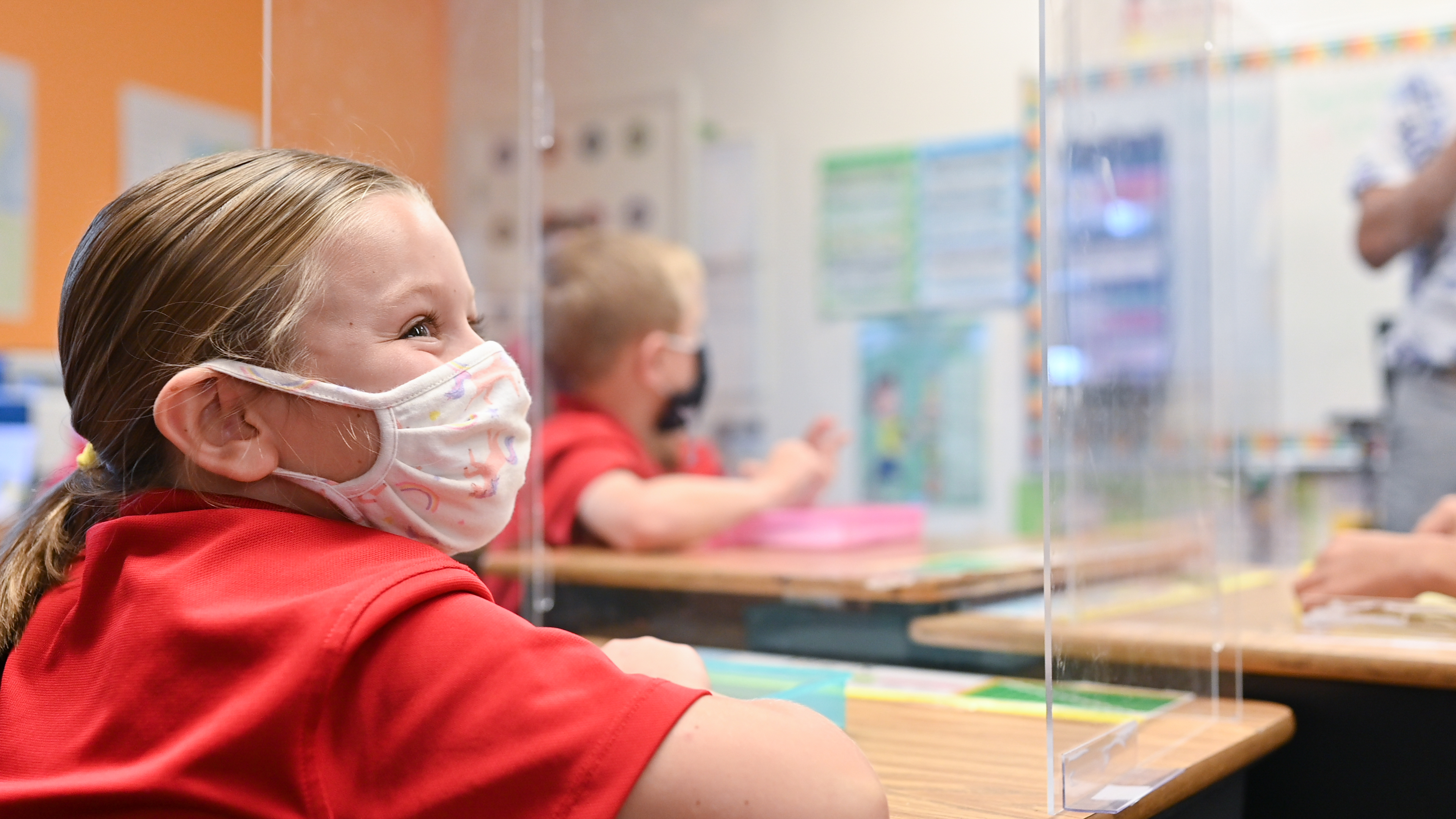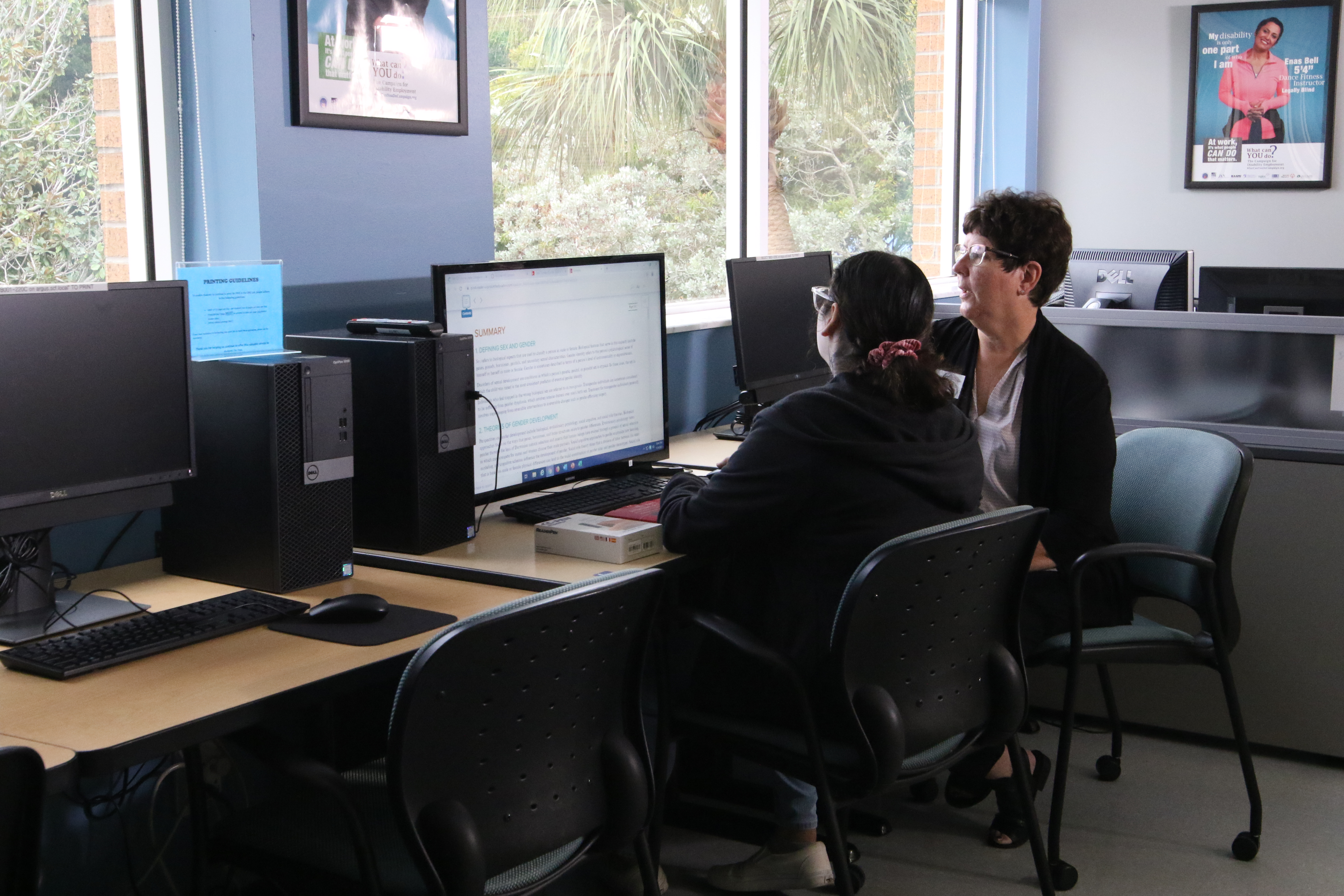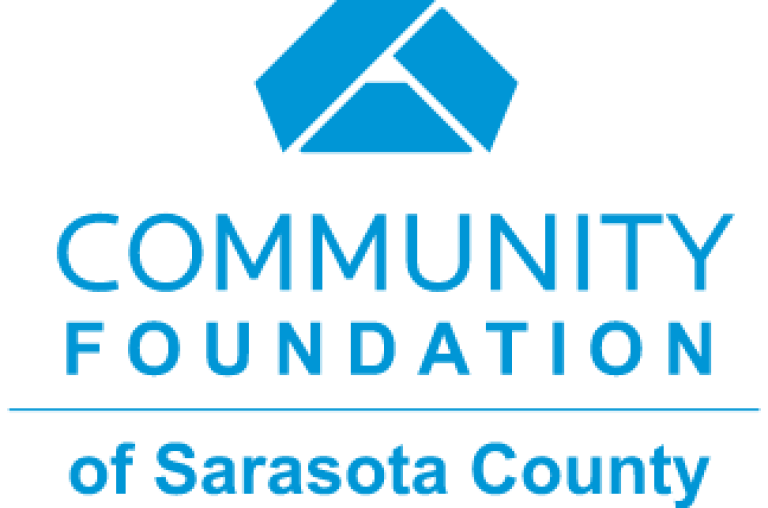December 13, 2021
Reimagining Opportunities for Struggling Readers of All Ages Through the Strauss Literacy Initiative
Categories: EMPOWERMENT AND SUCCESS: Literacy Support, Nonprofits, Strauss Literacy Initiative,
Editor’s Note: In-depth research and exploratory pilot programs are guiding the Strauss Literacy Initiative, a collaborative effort managed by the Community Foundation of Sarasota County, to help identify and intervene with learning differences so students of all ages can access much-needed resources. Strategic partnerships and grantmaking with an evolving group of partners will support these efforts. The Strauss Literacy Initiative aligns with the Community Foundation’s longstanding commitment to education work, including the Campaign for Grade-Level Reading, a national movement to empower children to achieve reading proficiency by the end of third grade.
For more information about dyslexia, visit The Yale Center for Dyslexia & Creativity's Dyslexia FAQ.
For many, there’s comfort curling up with a good book — the feeling of thumbing through its pages, the glimmer of understanding when reading a particularly stirring passage, and the recognition in someone else experiencing life the way you do.
But for children with dyslexia and other literacy learning differences, books can bring feelings of stress rather than comfort. A paragraph may look like a jumble of mixed-up words, each letter shifting on the page. The act of reading becomes a course of obstacles resembling an algebraic math equation, a sea of figures with a meaning almost impossible to comprehend.
What these students often struggle with most is the fear that they are different and somehow lesser. While they watch some of their peers take to reading easily, they feel left behind. But they are not alone. Roughly 20% of the population has dyslexia, according to the Yale Center for Dyslexia and Creativity. And yet, tragically, only 5 percent of them have been formally diagnosed.
Patricia “Patti” Strauss was one of the undiagnosed 95 percent. A giving and thoughtful woman, Patti spent much of her life wondering why she had such trouble reading. It took decades for her to receive a diagnosis: dyslexia, sometimes known as “a specific learning disability.” She and her husband, Ira, vowed that no child would go through the confusion that she had. That’s why they earmarked a generous fund — named the Ira and Patricia Strauss Fund For Children’s Literacy — focused on early identification of literacy learning differences through the Community Foundation of Sarasota County, with guidance from estate attorneys Ric Gregoria and Colton Castro at Williams Parker, and the Strauss’ longtime financial advisor Michael White at RBC Wealth Management.
This Fund powers the vision and partnerships behind the Strauss Literacy Initiative, which so far has had great reach, from the classrooms of Visible Men Academy to the hallways of St. Mary Academy to the disability centers of State College of Florida.
Students as young as Kindergarten to those just beginning their college careers are all grappling with how to navigate their learning differences. Many are now finding solutions to the problems that have challenged them for years.
Visible Men Academy
At Bradenton’s Visible Men Academy (VMA), the focus is early identification. While all of the school’s 81 Kindergarten through fifth graders were screened in some way for literacy issues, the post-screening interventions are centered on those in Kindergarten.
These students took literacy assessments last spring that resembled a computer game but offered real-time results on the students’ reading performance. In total, three out of 11 Kindergartners were identified as requiring additional reading services. And that discovery alone — three years earlier than the typical age of diagnosis in third grade — is a success.

For the first time in the school’s history, Visible Men Academy is screening many of its 81 Kindergarten through fifth grade students for literacy issues. In this photo, a Kindergarten student takes a literacy screener alongside Kindergarten teacher Tanisha Knight.
“I’m glad they’re starting early,” said VMA Kindergarten teacher Tanisha Knight. “I’ve always wondered, ever since I’ve been in education, why we wait until they get to third or fourth grade before we try to do something for them?”
Part of early identification means transforming our understanding of dyslexia. Typical warning signs include flipping letters, but teachers at VMA are learning that the disability can encompass so much more than that.
“I had a student that told me the letters were all over the page when he was reading,” Knight said.
Both Knight and resource specialist Jacqueline Hinds, who is leading the literacy project at VMA, see a bright future for students who target their literacy learning differences early. They hope these results will ultimately bolster their self-confidence and understanding in the classroom.
“Once the teachers know what’s going on, the parents know what’s going on, everyone comes together and can help the child be successful,” Knight said. “That child is going to feel some form of success.”
But VMA’s staff can’t work in a silo. The work is going to be done among the students, their families, and their teachers. Hinds hopes the early recognition will get everyone on board.
“I’m hoping that not only will we relieve the kids, but the families,” she said. “The parents will say, ‘Oh, okay, so this is what’s going on.’”
St. Mary Academy
When students come to Sarasota’s St. Mary Academy, they often come with an idea that they have a learning difference. The school is intended for those with special needs. The question for them is what’s next: how do they move from identifying their problem to thriving?
The administration at St. Mary Academy knows one thing: it’s absolutely a team effort. As of this year, many of the school’s teachers have now received Orton-Gillingham training, one of the leading learning methods for students with dyslexia. That means the school’s educational professionals are in tune with each other — and their students.
What makes Orton-Gillingham different is its multisensory approach: it combines touch, visual, reading, and kinesthetic modes. Sometimes, that variety can be enough to trigger a different pathway in a student’s brain.
“Once the body gets a different way to bring those letters into the brain, it takes it to a different level,” said the school’s speech and language pathologist, Katie Rierson. “So they feel it and then they know it and then, all of a sudden, they can do it.”

With support from the Strauss Literacy Initiative, students with specific learning disorders have received scholarships to succeed at St. Mary Academy in an environment conducive to their needs.
In Mr. A.J. Scheip’s third-grade classroom, students used their fingers to trace sounds in kinetic sand in a particularly energizing lesson. And while these activities might start small today, they can have a big impact on the way students see themselves.
“Many times students who have come to us have met with years of failure, and they’re frustrated,” said St. Mary Academy counselor Tammi Peters. “It’s about building them back up and finding their strengths. It’s knowing that if you’re struggling with reading, it doesn’t define who you are — it’s a piece of who you are.”
State College of Florida’s Disability Resource Center
At State College of Florida’s Disability Resource Center, the first question coordinator Patricia Lakey asks students - many young adults or parents themselves — at State College of Florida’s Disability Resource Center is: “Tell me about your disability?”
“These students are self-referrals who enter with some knowledge of their learning differences. They often have an individualized educational plan from high school. But so many of them have little information about the specifics of their reading disability,” added Lakey.
To Lakey’s inquiry, many will answer: ‘I’m just not good at reading. I’ve always been a slow learner. It takes me a while to read things.’
Students do not have a clear understanding of why they struggle and most importantly, what accommodations and technology is available to help them here at SCF, according to Lakey.
When Lakey was approached by the Community Foundation, she wondered how best she could help these students. They needed to have an expansive understanding of their learning disability, and available supports. They also needed tangible tools to improve their learning experience.
Her solution is a three-pronged treatment plan with enough initial funding to guide 15 students. It begins with a full evaluation by a psychologist to pinpoint their learning difference and offer recommendations. A consultation then follows where the student gets an explanation of the results from a detailed report.

Students are given an iPad, keyboard, and wireless earphones that enable them to use their new screen reading technology to listen to textbooks, read articles, navigate websites, and complete assignments.
The goal is for these students to have help in the classroom without standing out, according to Lakey.
More importantly, she wants these students — who have spent years feeling that they simply weren’t good at reading or couldn’t succeed in school — to grow their self-confidence as young adults. She wants them to come from this program with an understanding of who they are and how they can flourish. Empowering students to employ compensatory strategies builds self-confidence and provides the foundation to move forward with their educational goals with the understanding and resources to be successful.
“When I ask about reading, I can see it in their body language. I’ve had people say, ‘I get frustrated because I’ll read a whole page and I don’t understand anything that I just read,’” she said. “You don’t do math every minute of your day like you do reading. Reading is the crux of education.”
Contributors to this dispatch include Grafon Writing Co. and Daniel Perales Studio
